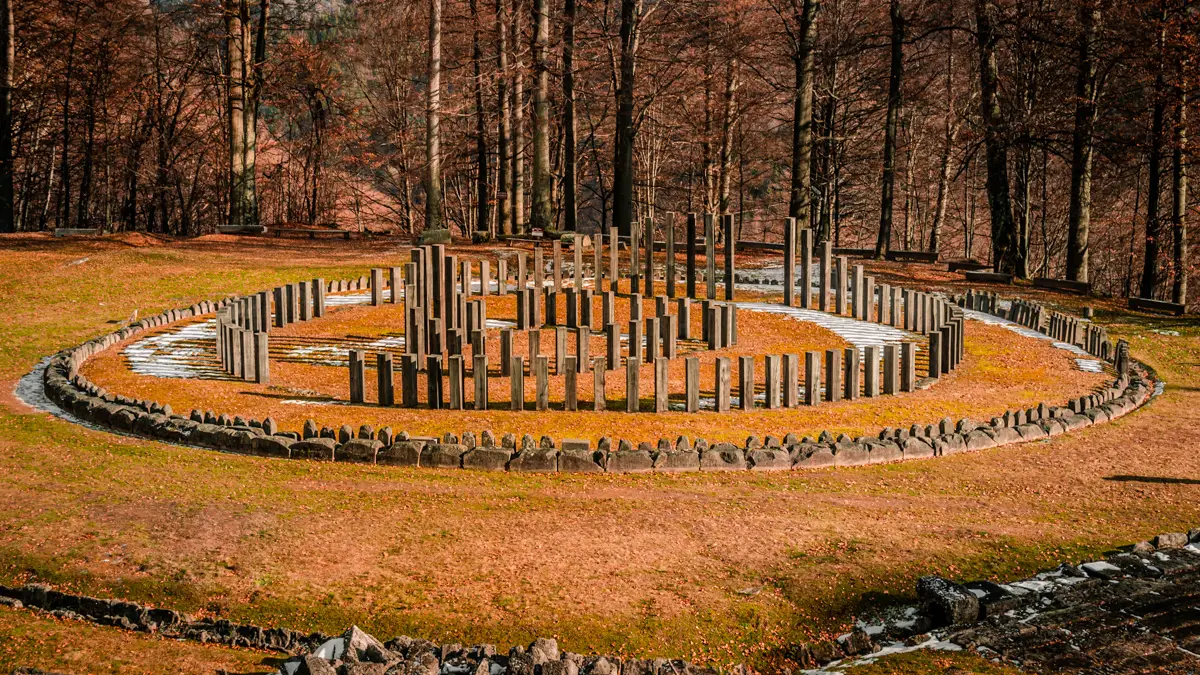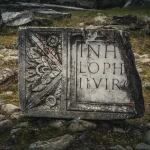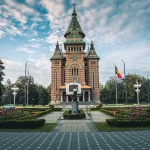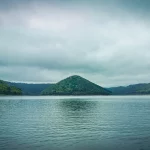Published on December 26, 2020 by Zoltan Nyaradi
Sarmizegetusa Regia was the capital center of the Dacians during the Roman Empire and it can be found in the Orastie Mountains at an altitude of approximately 1200 meters. From the small Transylvanian city of Orastie, you will have to drive about one hour until you reach the small parking lot located in a small valley close to the former Dacian capital. Despite that there is a paved road up to the ruins, you are not allowed to drive up there with your car.
After you pay for a ticket, you can follow the main path which leads directly to the old sanctuaries.
About Sarmizegetusa Regia
Sarmizegetusa Regia was the capital of the Dacian Kingdom, which flourished from the 1st century BC to the 1st century AD. The Dacians were an ancient people who inhabited the territory that is now Romania. It’s important to mention that it was a major political, military, and religious center for the Dacians. The site is a UNESCO World Heritage Site.
The old defense wall
Not very far from the east gate, the first thing that you will find is some large old stone blocks that were built using the Murus Dacicus (Latin for Dacian Wall) construction method. These old walls used to protect the Dacian capital.
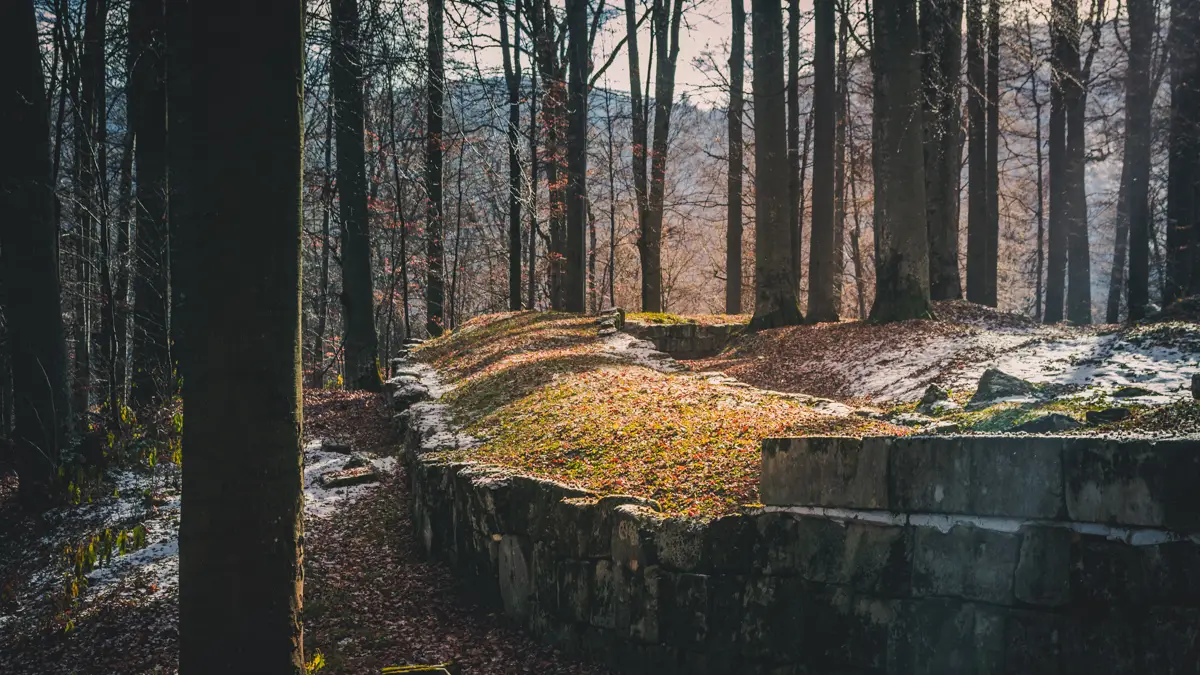
Paved road
If you continue your walk on the main path towards the old sanctuaries, the next interesting thing that will see is the remains of an old paved road built by the Dacians who once lived here.
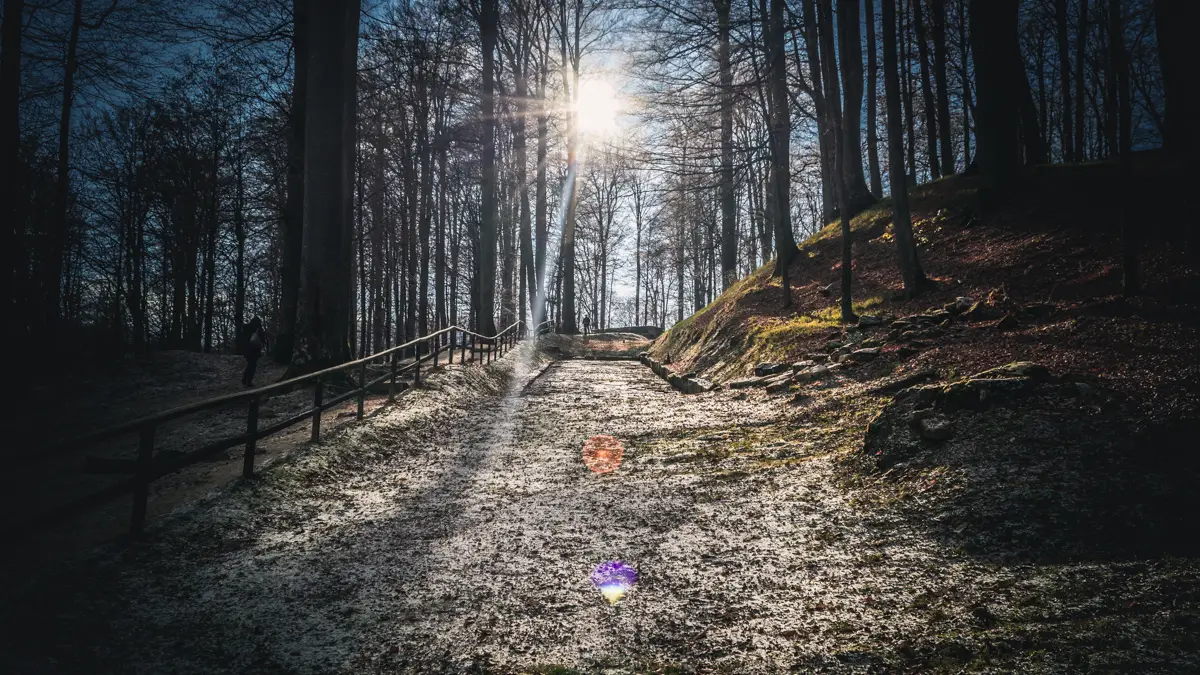
The sanctuaries area
As you make your way down from the fortifications, an enchanting sight unfolds to your right amidst the trees – the limestone sanctuary and the renowned centerpiece of Sarmizegetusa Regia, the great circular sanctuary. This lower section holds sacred significance, housing distinct religious structures that contribute to its spiritual aura.
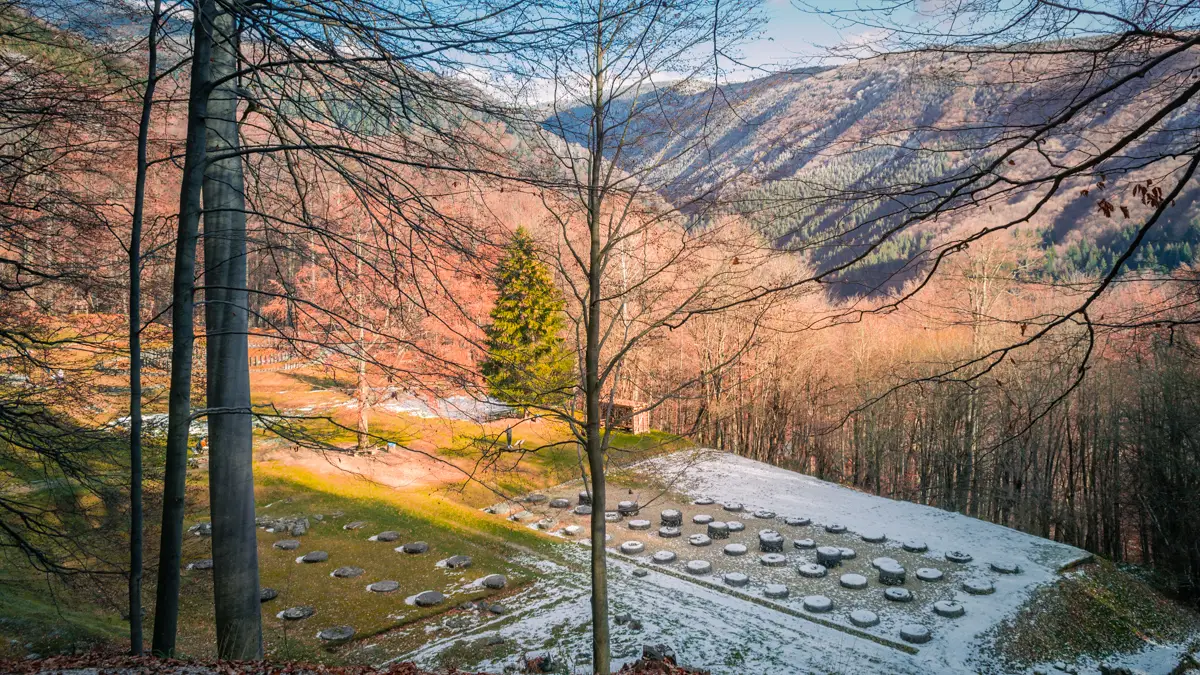
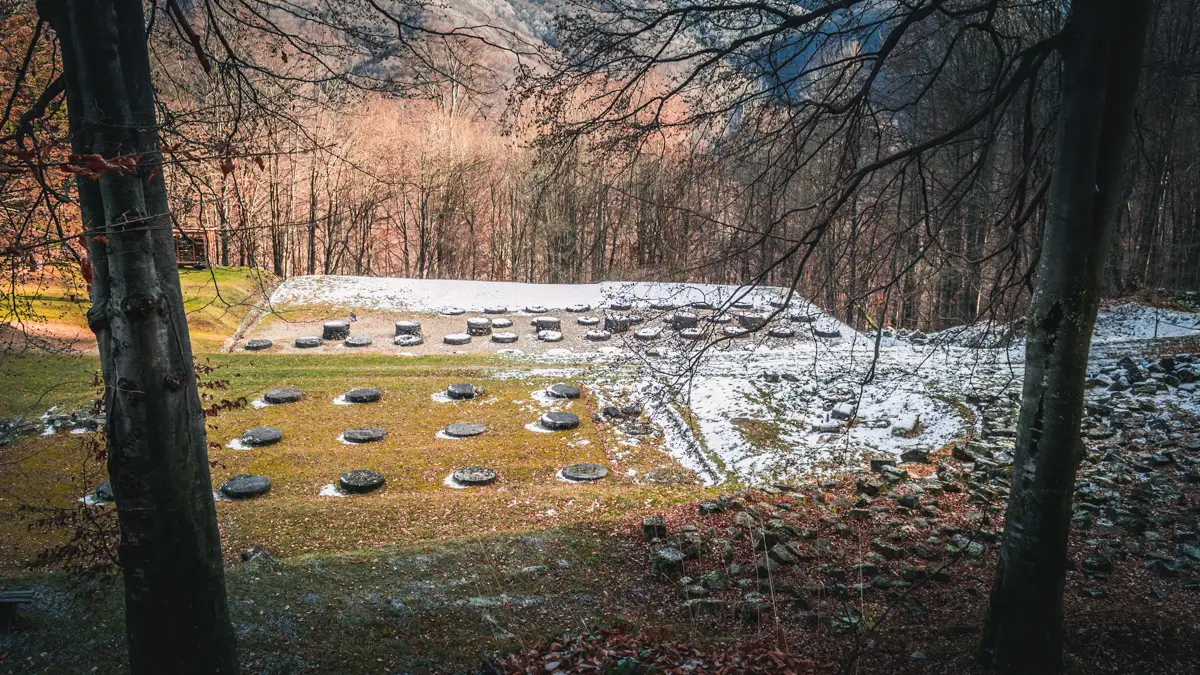
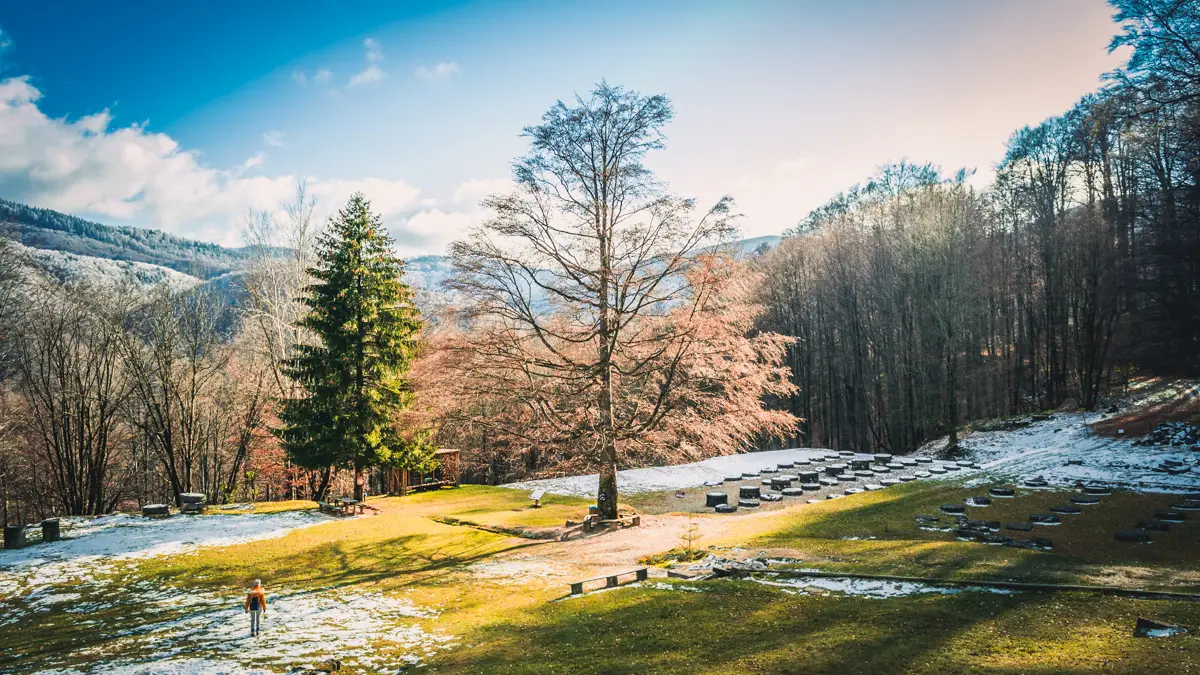

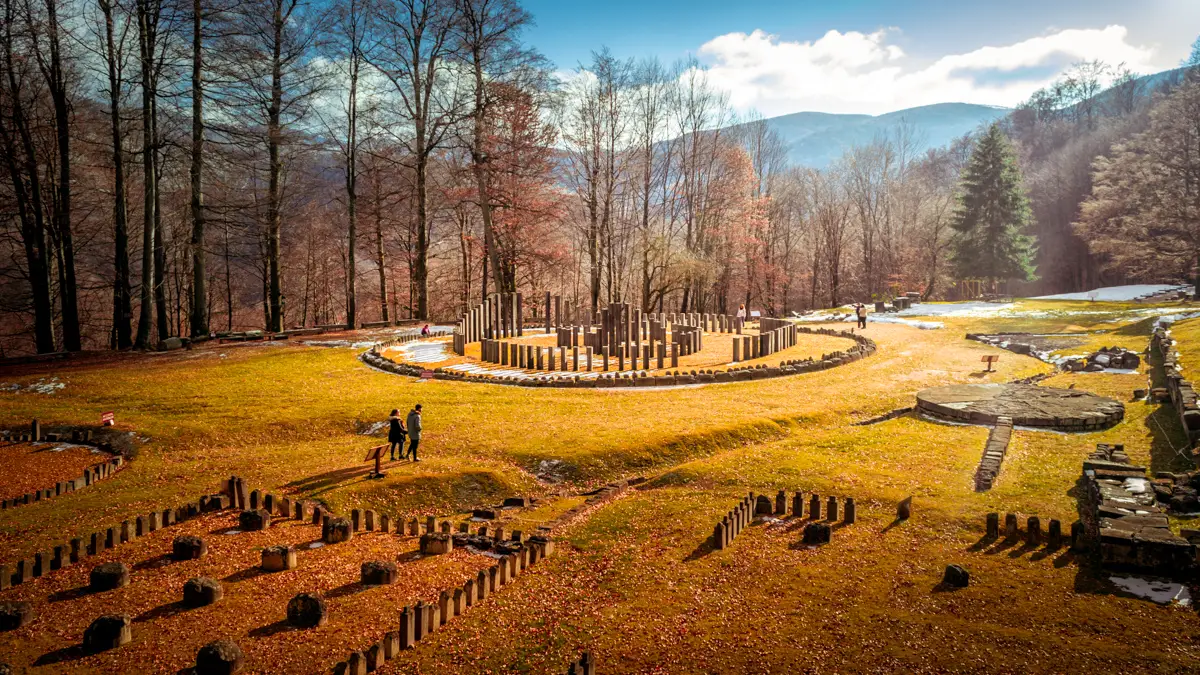
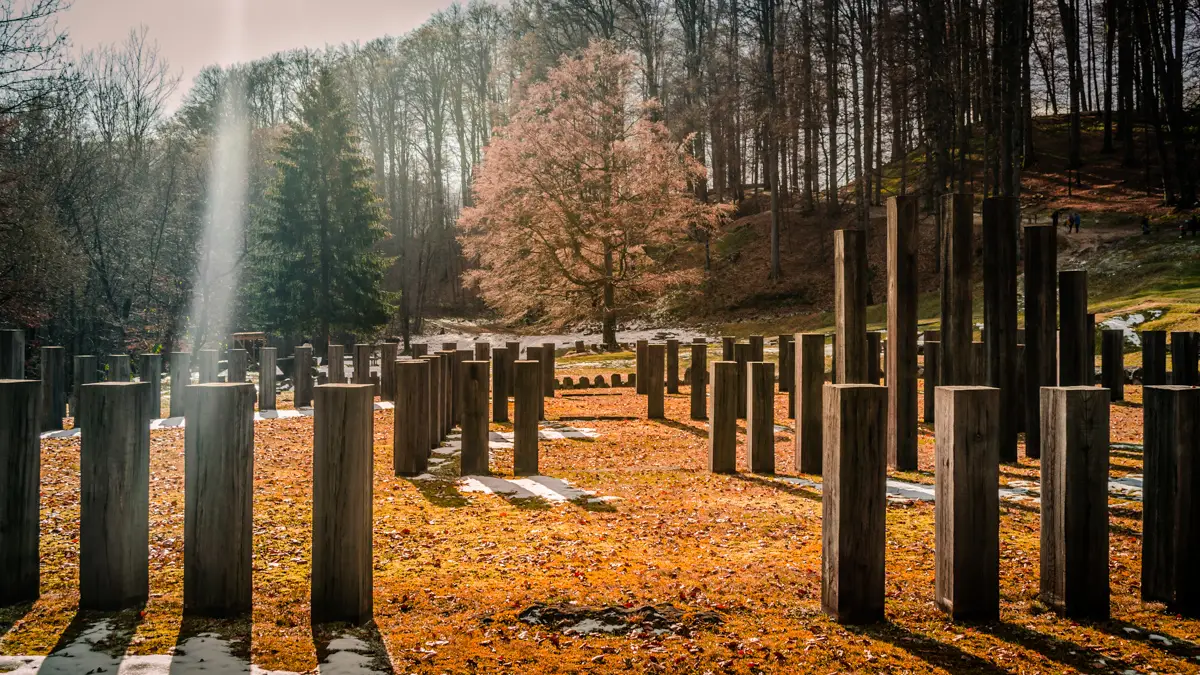
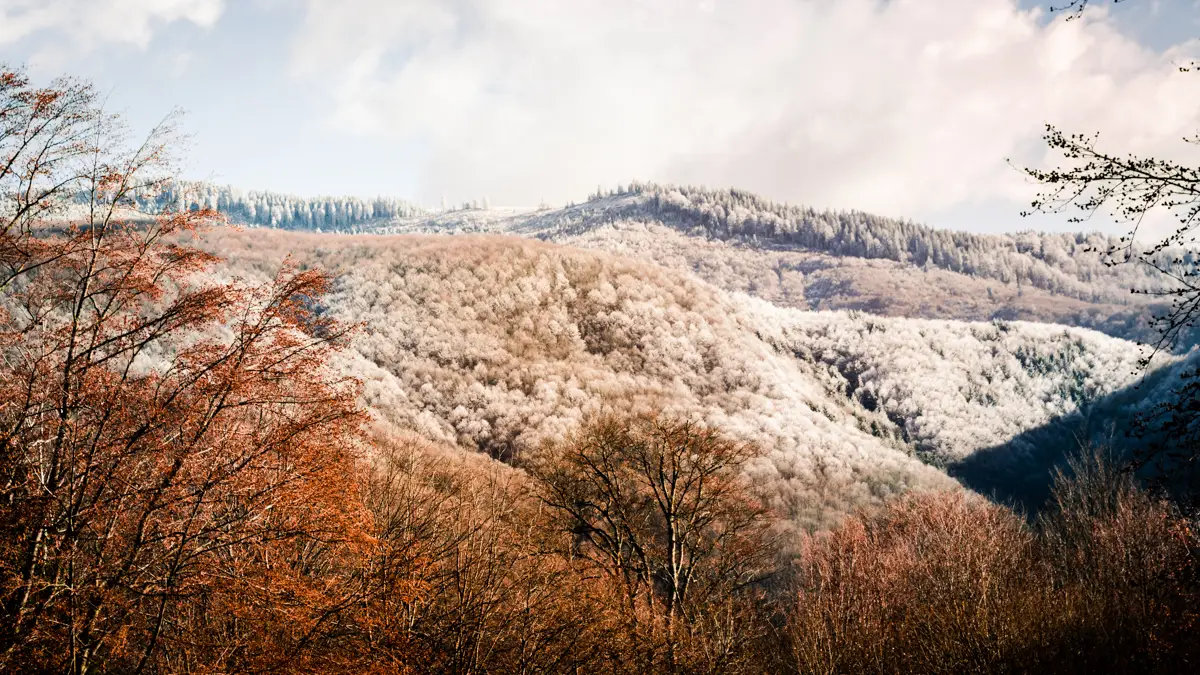
The scenery next to the parking lot
Since I visited this place in early winter, the alpine scenery was amazing, as you can see from the photos below, a large part of the forest was frozen.
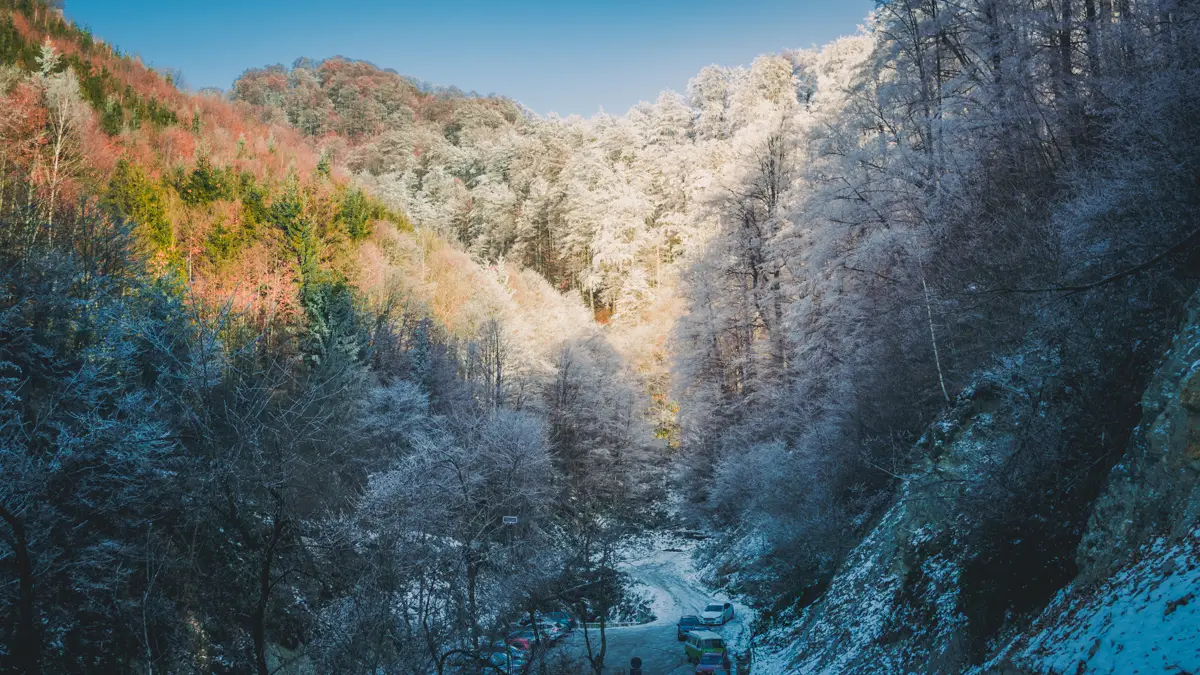
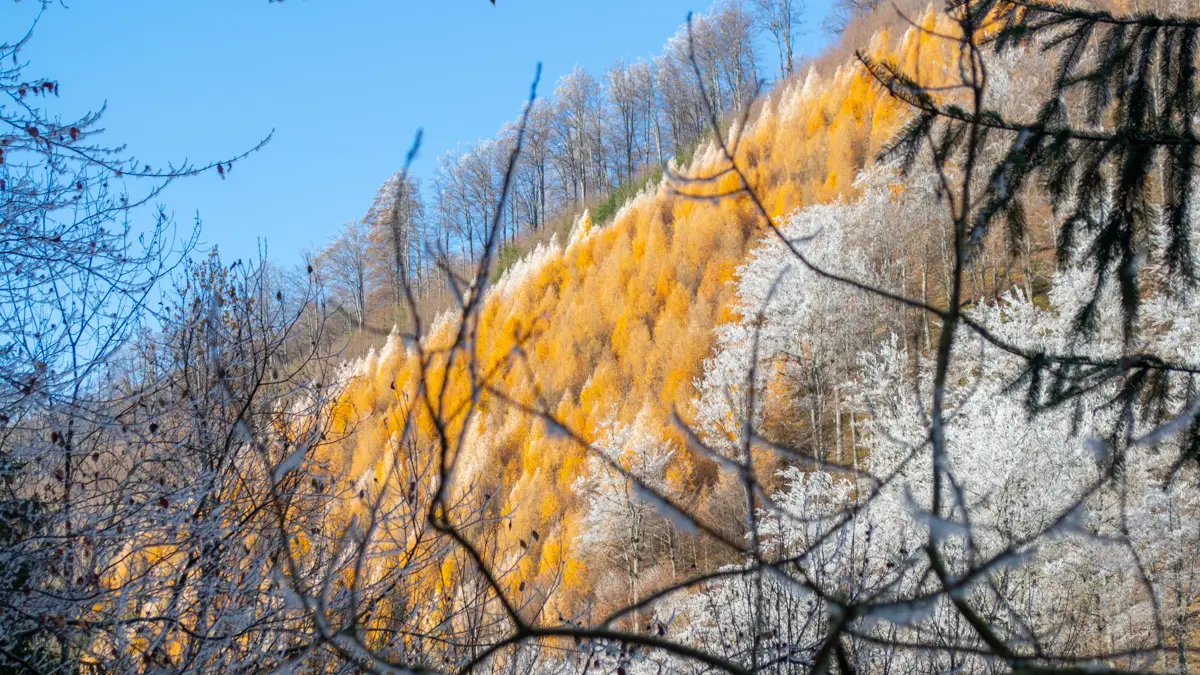
The Orastie Mountains
After we drove back to Orastie and since the sun started slowly to set, I decided to capture a landscape photo of the beautiful Orastie Mountains.

Don’t confuse it with Ulpia Traiana Sarmizegetusa
Furthermore, it’s important to avoid any confusion between Sarmizegetusa Regia and Ulpia Traina Sarmizegetusa because Sarmizegetusa Regia was the original Dacian capital with deep-rooted Dacian culture, while Ulpia Traiana Sarmizegetusa was a Roman colony established later by Emperor Trajan, representing the Romanization of the area after the conquest. Ulpia Traiana Sarmizegetusa is about 40 km away from the Dacian capital.

